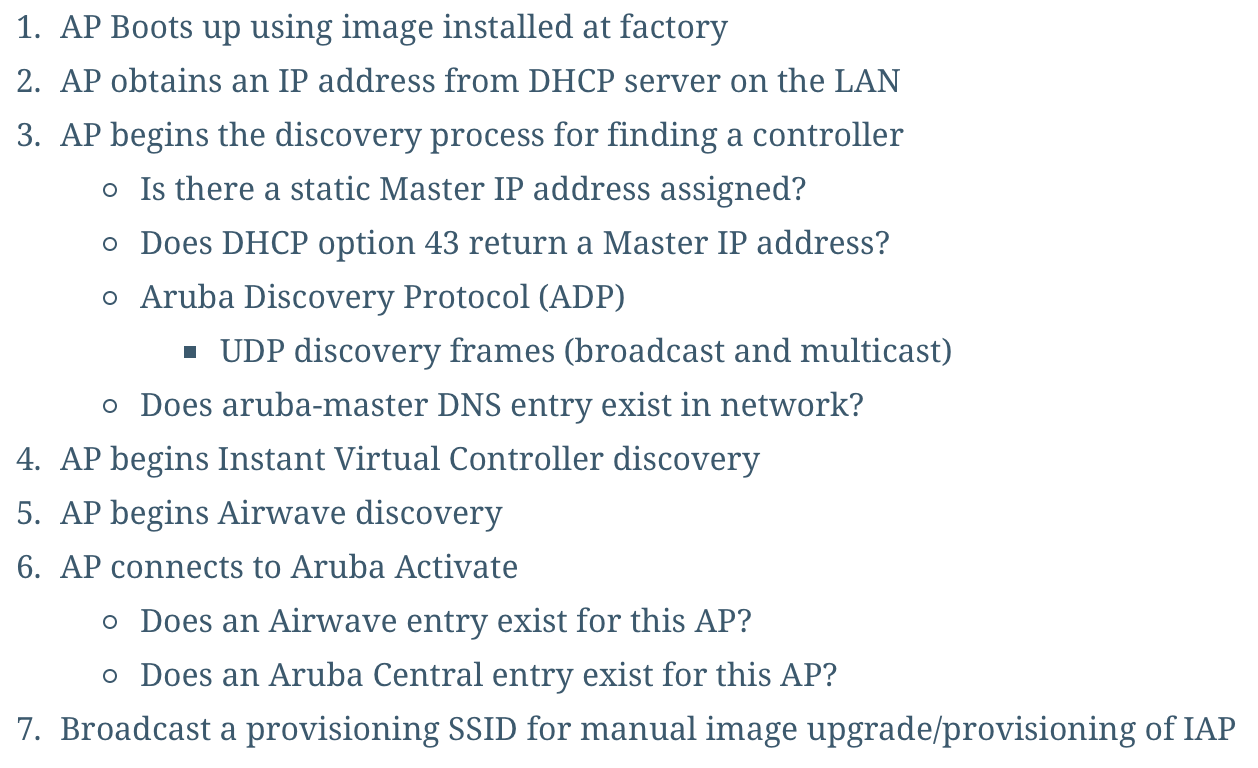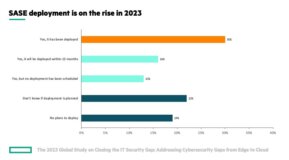Update: This story has evolved! See the July 2021 blog Aruba Unified Access Points Simplify the Purchase Process for the latest information.
Aruba users rejoice! Why might you ask? The world is becoming an easier place for those Aruba, a Hewlett Packard Enterprise Company users out there.
Most of us are accustomed to the sales process of buying new access points with Aruba. Once you decided on the model you wanted to purchase, then you had to ensure that you were purchasing the correct model for your needs. It was either an AP-XXX, IAP-XXX, or RAP-XXX. The choice of AP SKU was all about how you wanted to implement it in your network. And to boot, if it was a new AP to the market, then you usually had to wait a few months to purchase the Instant version. Not so fast! The days of multiple SKUs are over!
Well, maybe not "over" but condensed as much as Aruba can for now.
Aruba has decided that moving forward the model should allow the AP you purchase to be anything you want it to be. If you want it to be standalone, done. Join an existing Aruba Instant Cluster, poof! an Instant AP it becomes. Controllers in your network? BAM! Controller based AP it will be. The only concern is to ensure that you are purchasing the correct locale for your deployment as the APs will be regionalized.
Starting with ArubaOS 6.5.2.0, each AP is shipped with a manufacturing image based on the Instant image, but the image itself has reduced functionality. When the AP first boots while running the manufacturing image, it enters the controller/Instant discovery process. This process allows the AP to determine if it will become a controller-based (ArubaOS image) or controller-less AP (Instant image).
The process for the Aruba Unified AP discovery follows the steps show here:

Aruba Unified AP Discovery Process
At any point in the discovery process, once the AP has learned the necessary information, it can exit the process and become whichever type of AP the information discovered mandates by upgrading the AP image accordingly. It is important to note that the controller must be running 6.5.2.x in order for the AP to join. UAPs will not join controllers running versions of AOS prior to this version.

AP Discovery Logic Flow Diagram
Many of you Airheads out there will recognize the first 3 steps out there as being the normal process for Aruba APs to discover the controller in your environment. You will also recognize 4-6 as the normal process for Instant APs. Basically the smart people at Aruba got together and simplified things by putting all of these steps together moving forward.
Another important ability added with this change was the ability to convert a controller based AP to an Instant AP at anytime from the controller GUI or CLI. For those of you screaming and jumping with joy, so am I lol. The process is pretty simple as explained in the ArubaOS 6.5.2.0 User Guide. It states:
To set the AP preference role to controller-less in the WebUI:
- Navigate to Maintenance > WLAN > Convert to Instant Mode in the WebUI.
- Select the AP(s) on which you want to set the preference role to controller-less.
- Click Convert to IAP.
From the CLI enter the following command:
(host) #ap redeploy controller-less [all / ap-group / ap-name / ip-addr / ip6-addr / wired-mac]
Last but not least, take care when staging these new UAPs in your environments. Examine the discovery process used above, and note that controller discovery takes precedence over Instant. Thus, if you are staging UAPs on a network with an Aruba WLAN controller present, ensure that the gear you stage the APs on can't contact that controller via any of the methods noted above. Don't forget about DNS resolution, as that's the one that most people forget about! I recommend staging on a dedicated VLAN in your environment that doesn't have Option 43 enabled or your internal DNS server address (where the aruba-master A record might reside) noted in the DHCP scope for said VLAN.
At the time of this post, presently there are a handful of these APs shipping.
Currently they include:
- AP-203H Hospitality Access Point
- AP-203R Remote Access Point
- AP-303H Hospitality Access Point
- AP-365/367 Outdoor Access Points
This new model will be used for all new AP released moving forward.
I for one applaud Aruba for taking the initiative to help all of us out by simplifying the ordering & installation process. I can tell you from experience the old way worked, but was frustrating when you really needed a standalone AP but only purchased campus APs for your deployment.
Thoughts? Comments? Message them below!
Scott L - ACCP, ACMP, CWNA/AP/DP/SP






